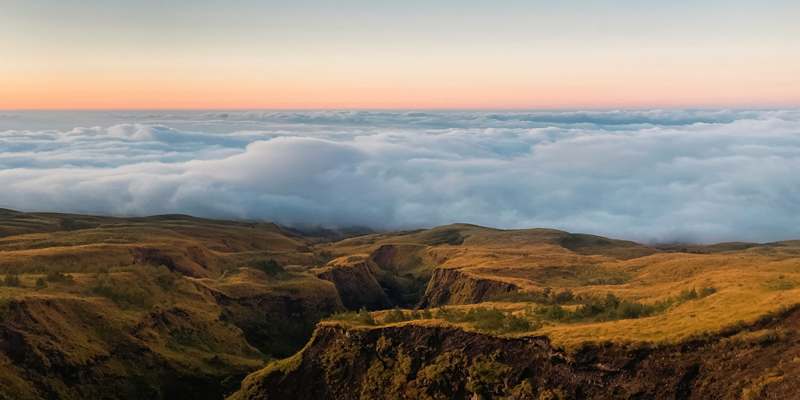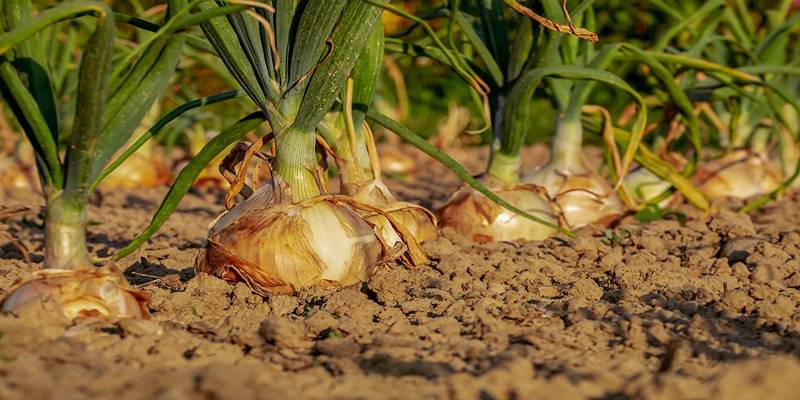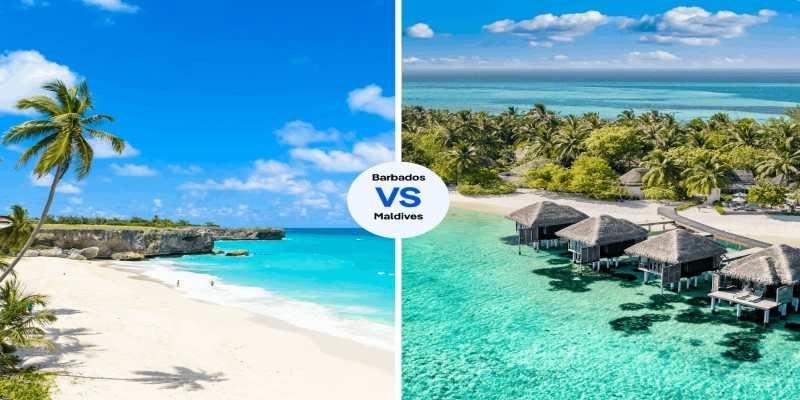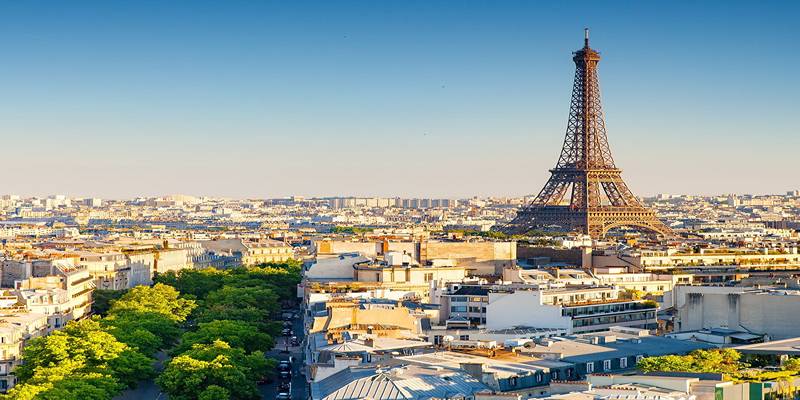Indonesia's Gunung Rinjani is the second tallest volcano in the country and is surrounded by breathtaking scenery, physical challenges, and rich cultural connections. This mountain lies on the island of Lombok and is one of the favorite mountains of the hikers who watch scenic beauty, crater lakes, and also spiritual immersion. The Indonesia mountain travel experience is a combination of nature, adventure, and culture with eco-responsibility. A good Gunung Rinjani guide will make it or break it whether you go on the mountain for the first time or to repeat a trek. Preparation is important, whether it is the season choice, packing wisely, or getting to know the locals. The following article on Rinjani trekking tips will guide you to get the best out of the fun and without disrespecting nature.

Planning Your Trip to Gunung Rinjani
Best Seasons for Indonesia Mountain Travel
The time of the season is very imperative when it comes to making plans to visit Gunung Rinjani. The most appropriate time to visit is during the dry season, which ranges from April to November. This is the time that the tracks are open and the weather conditions have become safest. The rainy season is from December to March, whereby most of the time the national park is closed because of the risk of landslides. When you are planning your Indonesian mountain travel, it is advisable to travel during the dry season so you will enjoy the scenery as well as have an easy time accessing the trails, and it will be safe. The cooler months are from May to August and are especially popular as months for climbing. You need to be careful, though, as high-season travelers may require early permit and lodging reservations.
Entry Points and Local Permits
The most usual starting points of your hike on Gunung Rinjani will be through Senaru and Sembalun. Such towns are the primary origins of various trekking destinations. The two villages provide accommodation as well as tour providers. All trekkers are forced to take permits, which are issued by licensed guides or in authorized park centers. Such permits enable the control of traffic and the ecosystem of the park. The fee is usually associated with the route and with the fees associated with conservation and ranges accordingly. Park rules also should be known to the visitors and consist of prohibitions against excess trash, fires, and group size. Observing these guidelines will ensure that Rinjani is conserved to be used in the future by other tourists.
What to Pack for a Rinjani Hike
The best strategy is to pack adequately so as to make the most out of your Gunung Rinjani experience. Recommendations are good hiking boots, warm and cool clothing, a rain jacket, and a hat to protect against the sun. It is also essential to have a good sleeping bag, a lightweight tent, and a refillable water bottle in case you are camping. Pack energy-rich food and personal hygiene products such as soap that is biodegradable. Porters are usually part of most treks, and travelers should carry a daypack containing important personal items. Don't forget to take a flashlight or headlamp because nights at the mountain are black.
Trail Routes and Key Highlights
Popular Trekking Routes and Durations
There are several trekking options when using a Gunung Rinjani guide. The two main routes are from Senaru and Sembalun. The Sembalun route is popular for those aiming for the summit, offering a 2- to 4-day journey. Senaru treks typically focus on reaching the crater rim and Segara Anak Lake and are slightly shorter. There is also a circular trail connecting both routes, which many consider the most complete Rinjani experience. Each path offers scenic rewards and different levels of challenge. Treks should always be planned with acclimatization days if necessary. A well-paced journey ensures you enjoy the experience without exhaustion.

Crater Rim, Summit, and Segara Anak Lake
Gunung Rinjani’s major attractions include its stunning crater rim, summit, and crater lake known as Segara Anak. The crater rim offers sweeping views of the lake and active volcanic features, ideal for sunrise and sunset photography. For those physically fit, the summit trek begins in the early hours and rewards climbers with panoramic views of Lombok and neighboring islands. Segara Anak Lake sits inside the volcano’s caldera and is considered sacred by locals. A nearby hot spring provides natural relaxation.
Flora, Fauna, and Scenic Landscapes
Gunung Rinjani is more than a physical challenge as it’s a living ecosystem filled with unique flora and fauna. Dense tropical forests surround the lower trails, while higher altitudes give way to open grasslands and volcanic rock. The park is home to monkeys, deer, civet cats, and various bird species. Seasonal blooms and unique plant life also make the journey visually rich. Trekkers will pass cascading waterfalls, bamboo forests, and volcanic craters, offering a wide range of scenery in just a few days.
Rinjani Trekking Tips for a Safe Adventure
Acclimatization and Physical Preparation
Gunung Rinjani’s steep climbs and elevation mean that trekkers must be physically prepared. Training with cardio workouts, leg strength exercises, and endurance hikes is highly recommended before attempting the summit. Acclimatization is also key—spending a day at a lower altitude before ascending helps prevent altitude sickness. For those new to high-altitude trekking, slow pacing and hydration are essential. Altitude medication may be considered in consultation with a doctor.
Local Guides and Porter Services
Hiring a local guide is not only a smart choice—it’s often required. Licensed guides provide safety support, navigation, and cultural context. Porter services are also widely available and can carry tents, food, and gear, leaving trekkers to focus on the trail. Working with experienced locals ensures you're following current park regulations and helps sustain local communities economically. Guides often share stories, explain natural features, and enrich the journey with regional knowledge.
Conclusion
Gunung Rinjani stands as a symbol of Indonesia’s natural beauty and cultural richness. With its challenging hikes, rewarding views, and spiritual depth, it offers much more than just a trekking adventure. From choosing the right season to engaging local communities, each step of your trip should be thoughtful and well-prepared. This Gunung Rinjani guide and collection of Rinjani trekking tips ensure a balanced approach to adventure and respect. Whether you're trekking for the challenge or the scenery, this Indonesia mountain travel experience will stay with you long after your boots have left the trail.












